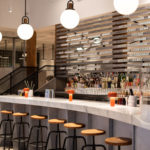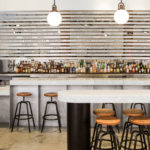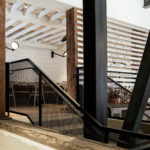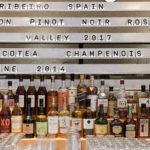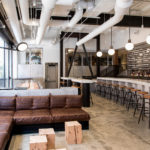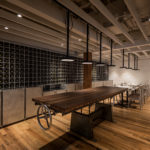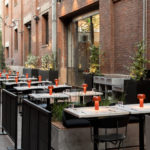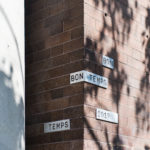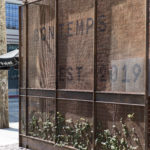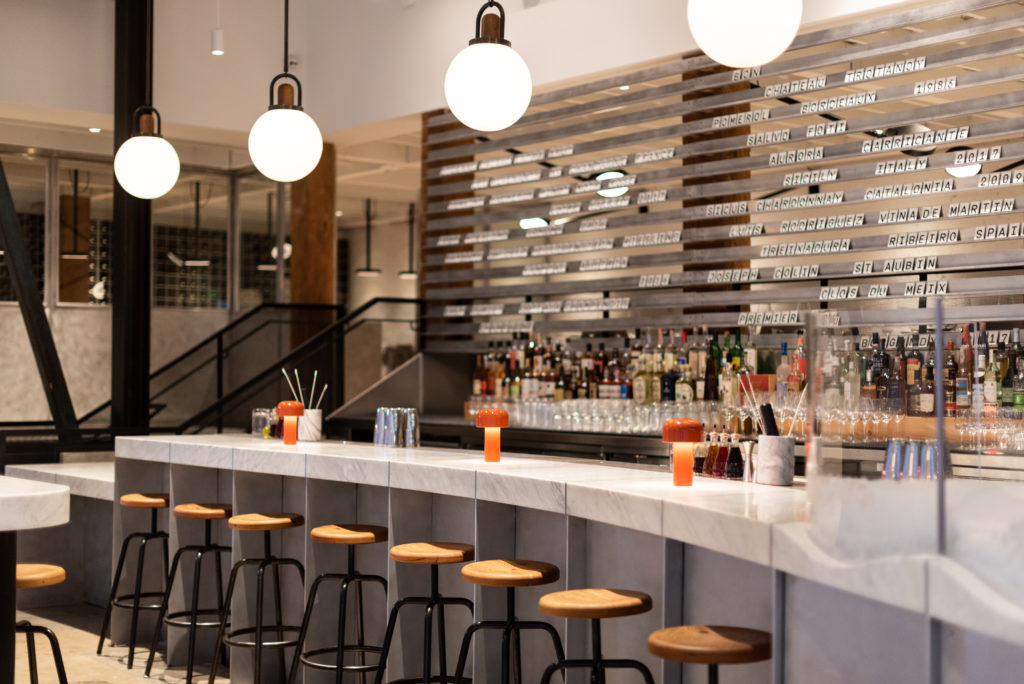No Time Like The Present: Bon Temps opens in DTLA
Author:Abigail StoneKlein Agency, the designers behind Auburn on Melrose, put the accent on France with their work on Bon Temps, an all day-restaurant in DTLA
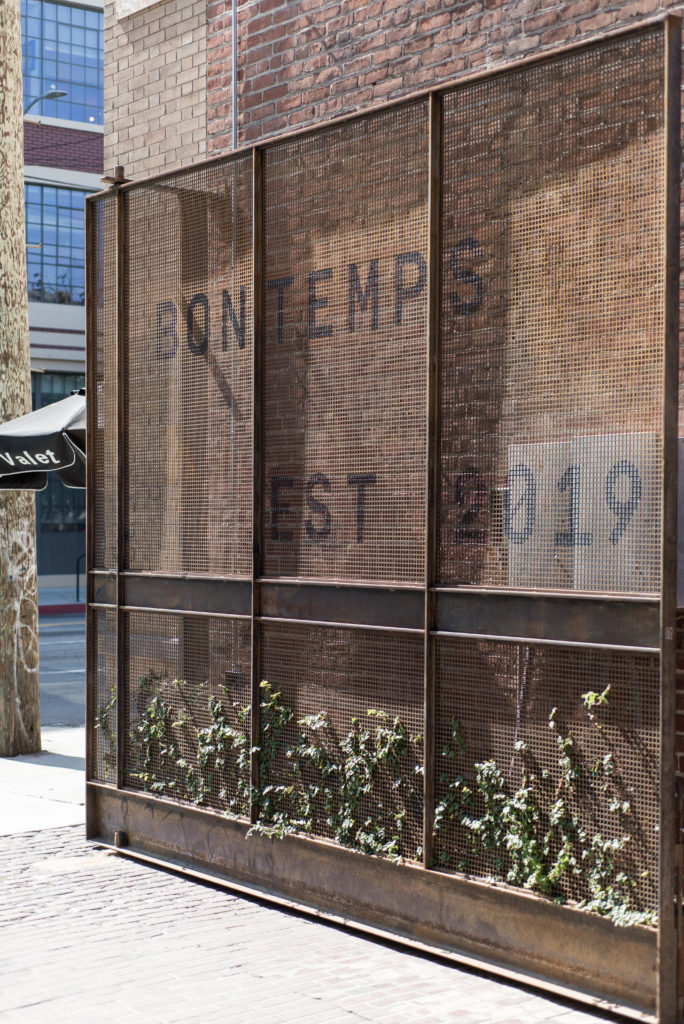
When Chef Lincoln Carson, who built his career in pastry kitchens, decided to embark on his first solo venture, he turned to Jon and Maša Kleinhample of Klein Agency to turn his vision of a modern California brasserie into a reality. The neighborhood design firm, founded in Belgium in 2012 and working out of a space in DTLA since 2016, encompasses architecture, spatial design, furniture design and fabrication.
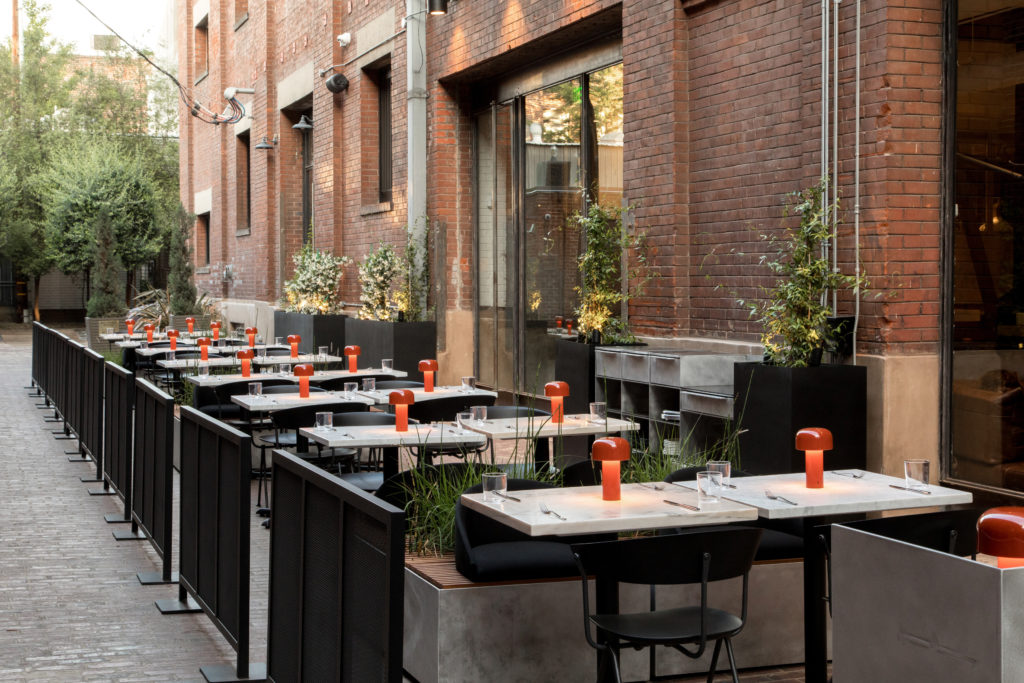
Among its many incarnations, the brick building, located next to Firehouse Hotel, had been a testing kitchen for Heinz. The Kleinhamples were intent on incorporating fragments of its industrial past into a rich, spatial collage. “We built upon the history of the space with a minimal palette and simple, strong materials,” says Jon, “We activated what was formerly a rather underused mezzanine level and pushed to have an open and direct dialogue between the kitchen/bakery and the customers’ dining areas.”
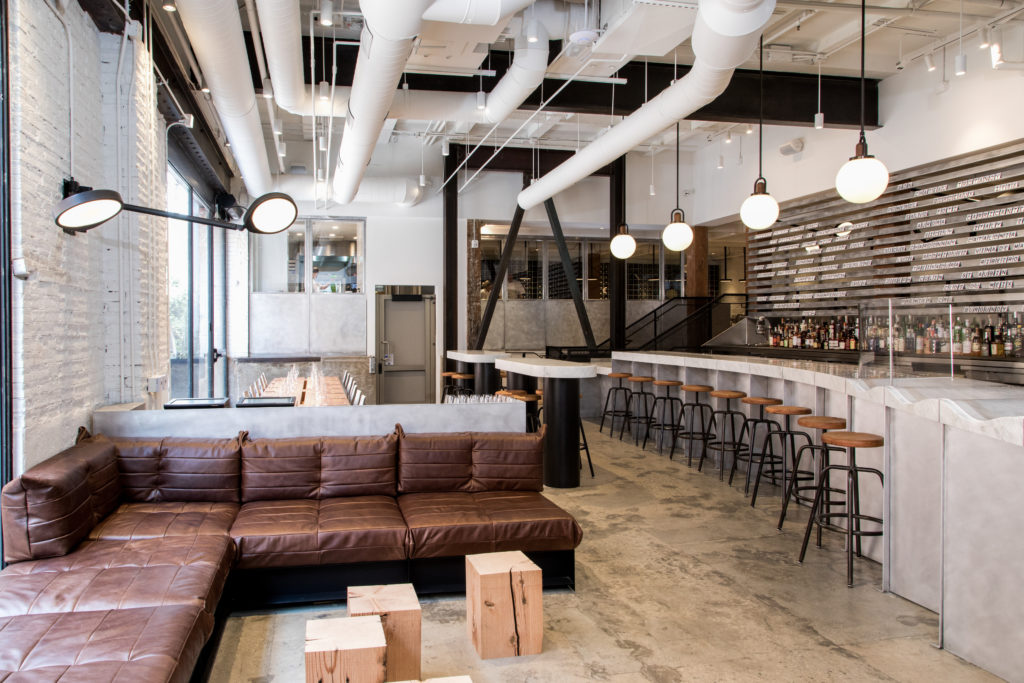
Carson wanted a space, christened Bon Temps (French for Good Times), that would work as an all-day restaurant, appealing and relaxed during the day and inviting and comfortable at night.
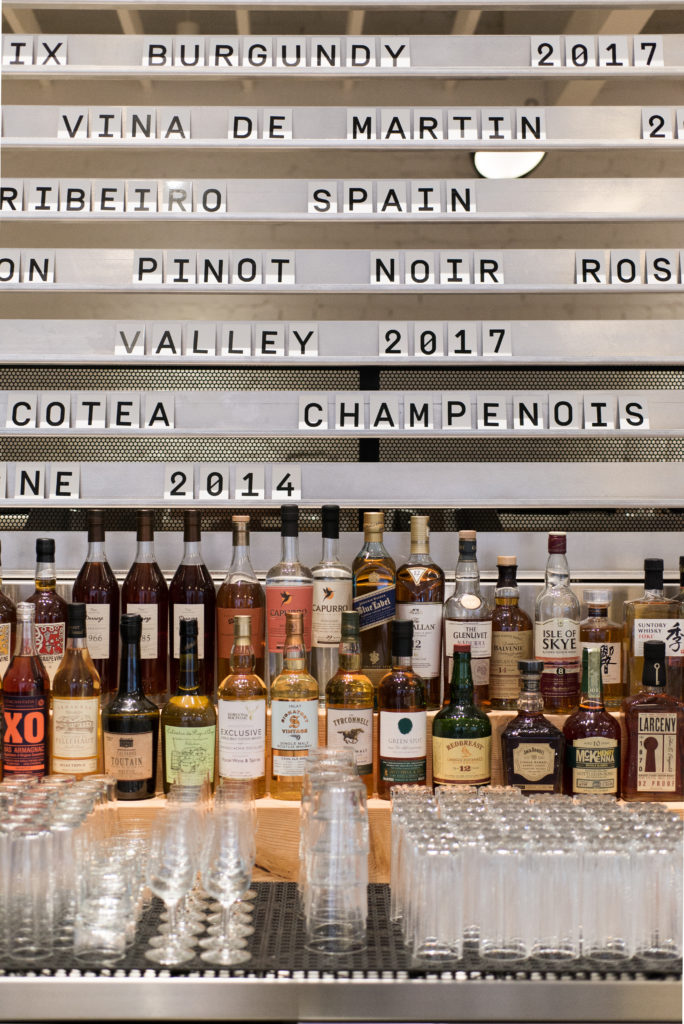
In response to Carson’s dream, the team began with a 30-foot Carrara marble bar that undulates through the room. Immediately grabbing the spotlight, it’s a nod to the design of Paris’ world-famous cafes. In the morning it holds Carson’s pastries, transitioning to a raw seafood bar as the day progresses. Its undulations create inviting nooks, allowing each guest their own Klein Home stool within the shared space. The 4” thick bar tracks through the rest of the space; the bar-height drinking tables on the main floor as well as all dining table tops on the upper dinning level are all cut from the same block of stone.
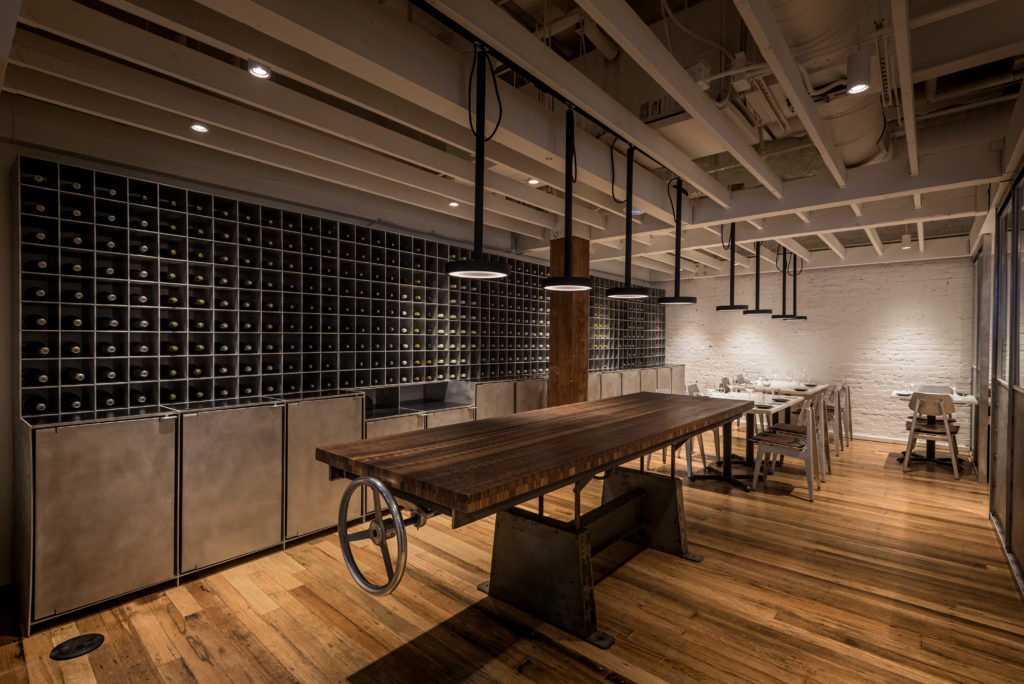
The restaurant’s clean, minimal design eschews decoration, relying instead on the pattern of the wood grain found in the reclaimed Douglas Fir wood occasional tables, the variations of the marble in the bar and tabletops, the subtle gradations of the cognac leather seating, the wear of the cement floors and the interplay of light and shade for the space’s ornamentation.
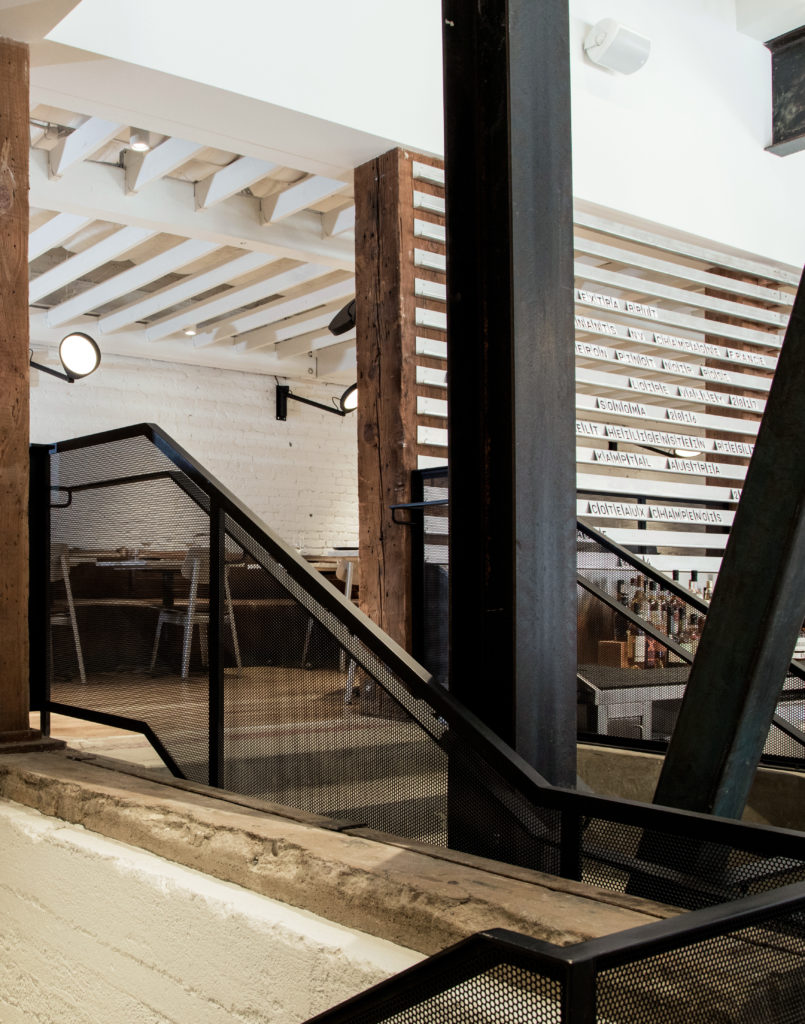
Over the space’s natural, raw materials, the team layered in grids and lines: a grill of hand-finished aluminum inset into the marble bar; the linear display over the stepped shelves over the colorful liquor bottles that cites the day’s pours; the industrial cubbies that hold the restaurant’s wine collection; the angular lattice that corrals the chaos of the industrial building’s pipes and ducts; the fine mesh crosshatch that covers the windows, filtering the light down to a soft glow; the grating that forms the staircase railing.
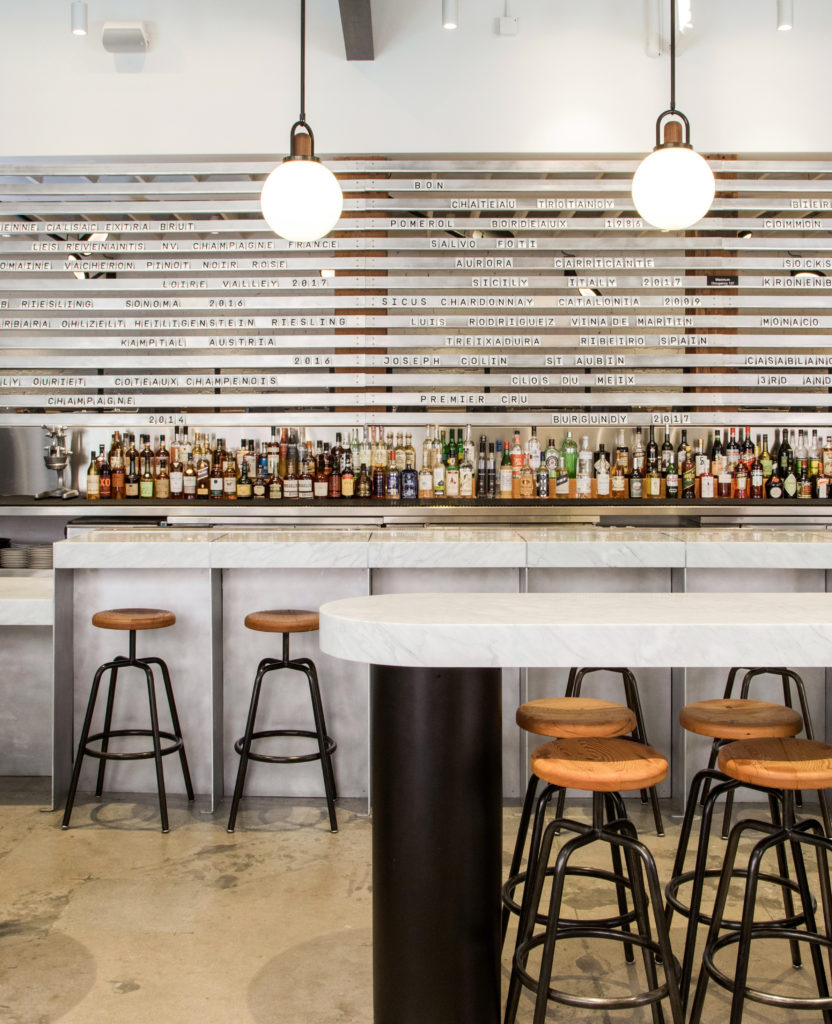
Even the restaurant’s name, highlighting on an assortment of bricks on a corner of the historic building, is reined in by this geometry. The resulting tension, underlined by the careful balance of hard and soft materials, create a well-orchestrated space against which the chaos of humanity can freely dance.
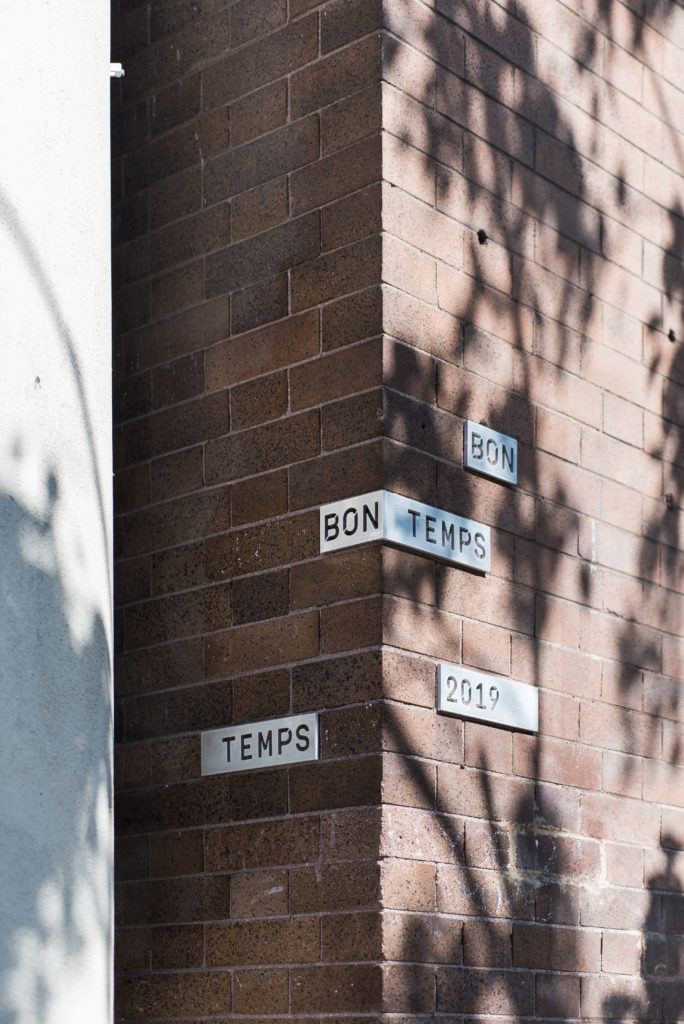
“It not only feels honest and inviting today but has an ability to beautifully age and adapt to Chef’s needs through time,” says Masa. Morning, noon and night. Let the good times roll.
